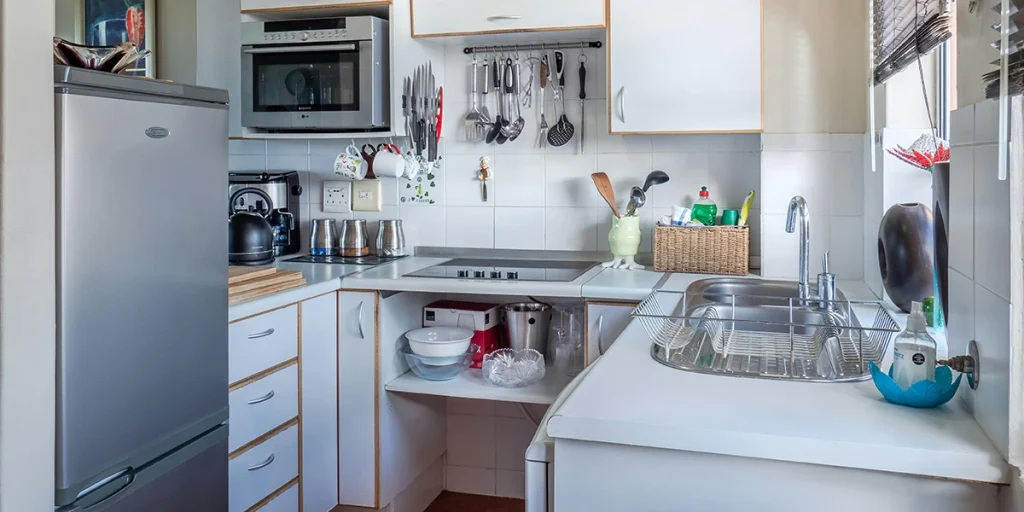What is PAT Testing?
Portable Appliance Testing (PAT) is a safety procedure designed to ensure the electrical safety of portable appliances within a property. These appliances, which include items such as fridges, freezers, washing machines, microwaves, lamps, and more, can be connected to the main supply.
The primary purpose of PAT testing is to identify potential electrical faults or hazards, ensuring that appliances are functioning correctly and do not pose a risk to occupants. Landlords are legally required to maintain appliances in safe and operational condition, and PAT testing is a crucial method to meet this obligation.

PAT Testing
Ensure the safety of your workplace with PAT – Portable Appliance Test Certificate. Our comprehensive service includes safety checks, visual inspections, and earth testing (up to 10 appliances). We go the extra mile by replacing plug tops and fuses. Stay compliant and secure—recommended every 12 months.
Why PAT Testing Matters
PAT testing is essential for ensuring that the occupants of a property are in a safe environment, free from hazardous electrical appliances. It also helps landlords fulfill their legal responsibilities by maintaining a safe living environment.
What Happens During a PAT Test?
- Visual Inspection The PAT testing begins with a visual inspection of all electrical appliances. This involves checking for any visible damage, wear, or loose connections.
- Electrical Testing Following the visual inspection, electrical testing is carried out using specialized equipment. This includes checking for earth continuity, insulation resistance, and polarity.
- Recording and labeling Test results are recorded, and each appliance is typically labeled with a sticker indicating whether it has passed or failed. At Intelligent Repair, we prefer to save paper by recording results digitally in PDF format. This documentation is essential for compliance and future reference.
- Risk Assessment A risk assessment is part of the PAT testing process to identify potential hazards and determine the frequency of future tests. This helps in creating a comprehensive electrical safety plan.
How to Prepare for a PAT Test
- Compile a List of Appliances Create a list of all electrical appliances in your home to help the engineer plan and execute the testing process efficiently.
- Inform tenants If you’re a landlord, inform your tenants about the PAT testing and arrange a suitable date and time for the inspection. At Intelligent Repair, we handle this on your behalf.
- Clear Space Around Appliances Ensure a safe and accessible working environment by clearing space around appliances. While you don’t need to move everything, make sure plugs and cables are easily accessible.
- Unplug appliances before the visit. Unplug appliances before the engineer arrives to save time and prevent hazards. This facilitates the testing process, allowing the engineer to measure electrical resistance and current, conduct a visual inspection, and affix a sticker with the date and reference number for appliances that pass.
- Highlight known faults Inform the engineer of any known faults or potential issues with appliances. This can save time by directing attention to specific problems.
How Long Does a PAT Test Take?
The duration of a PAT testing can vary based on several factors:
- Number and Types of Appliances The number of appliances affects the test duration. Properties with many appliances, such as multiple fridges, washing machines, lamps, and other items, will take longer to test than those with fewer appliances.
- Condition of Appliances: Well-maintained appliances typically lead to a smoother testing process. If there are issues, additional time may be needed for inspection and possible repairs.
- Complexity of Appliances Appliances with complex electrical systems may require more time for testing compared to simpler appliances.
- Accessibility The ease of access to appliances influences the testing time. If appliances are easily accessible, the testing process will be more efficient.

PAT Test Time Calculator
To estimate the duration of PAT testing, use a simple formula based on an average appliance test time of 10 minutes. For instance:
- Number of Appliances: 3
- Condition of Appliances: Fair
- Accessibility: Moderate
Calculate PAT Test Time
Disclaimer: This calculator provides an illustrative estimate based on average values and may not reflect actual test durations. It is not a substitute for professional advice or a definitive measure of PAT testing times.



Leave a Reply
You must be logged in to post a comment.